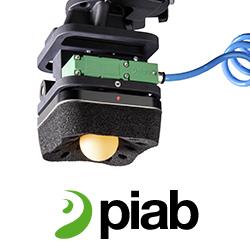Why robotics needs a radical reboot
Laboratory News: Intelligent robots that operate convincingly within the dynamic chaos of the real world are far from being a reality. For artificial systems to behave anything like living systems we need to fundamentally rethink the standard view of what behaviour is all about says Dr Rupert Young
Living systems employ novel and parsimonious methods which resolve and dissolve many of the seemingly intractable problems faced by conventional robotics.
Generally, standard robotics, including robot arms and self-driving cars, has been viewed as an engineering problem of the geometric manipulation of objects within 3-dimensional space, which requires definition of the equations of motion, within the robotic system, that govern the physics of those objects and worlds.
Moving a robotic arm normally requires predicting in advance what joint angles are required to form a particular pose – which requires equations to compute those angles, along with parametric knowledge such as mass, gravity and length of the limbs. Self-driving cars require detailed mapping of the environment, and algorithms to plan and move objects through its virtual worlds. The trajectories and models are continually adjusted by checking that the real, perceived world matches its predictions. Full Article:
Featured Product

